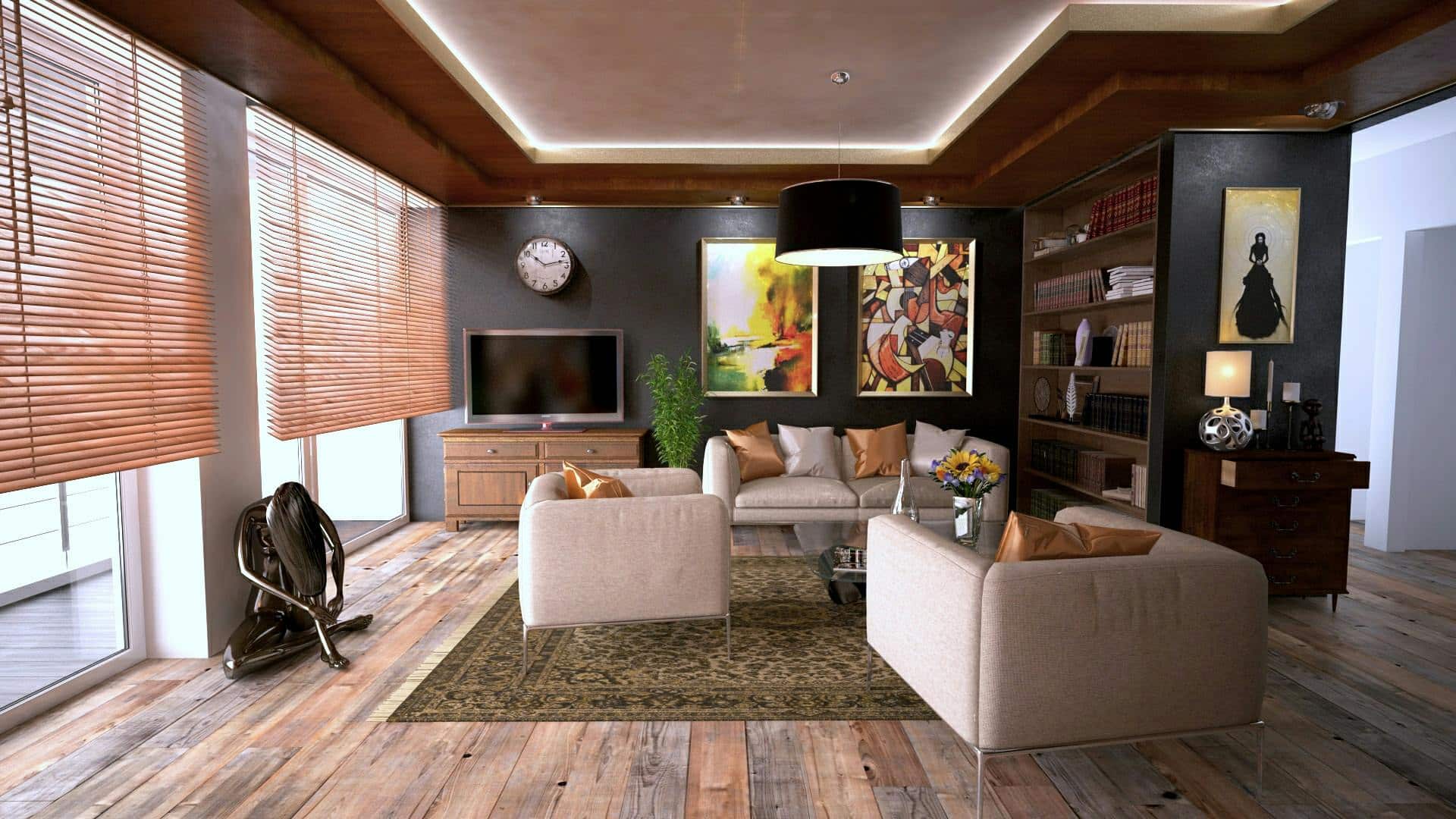What Are the Best Ergonomic Improvements for a Home Sewing Room?

Having a dedicated sewing room at home can be a dream come true for many craft enthusiasts. However, making the right adjustments to your space can significantly enhance your sewing experience. In this post, we’ll explore some of the best ergonomic improvements you can make in a home sewing room. We’ll focus on aspects such as table and chair selection, room arrangement, cutting, storage, machine positioning and fabric handling. By the end of this guide, you’ll be equipped with practical insights to create a comfortable and productive sewing space.
Choosing the Right Sewing Table
One of the first things you’ll need to consider when setting up your sewing room is the table. It’s where the majority of your work will take place, so it should be adjustable to your height and comfortable enough for prolonged use. If you’re strained or uncomfortable while sewing, not only will your productivity be affected, but you might also risk health issues such as back pain or carpal tunnel syndrome.
Also to discover : How to Create an Authentic Tuscan Kitchen in a Contemporary Home?
Consider tables with adjustable heights, as they allow you to switch between sitting and standing while working. Furthermore, these tables should be sturdy enough to support your sewing machine without any wobbling. Adequate table space is essential, so ensure it’s broad enough for cutting fabric and managing large sewing projects.
Selecting an Ergonomic Chair
The chair you choose for your sewing room is just as crucial as your table. Long hours of sitting and concentrating on your craft can strain your body, primarily if your chair isn’t ergonomically designed.
Also to discover : What’s the Best Way to Soundproof a Townhouse from Urban Street Noise?
An ergonomic chair must be adjustable, allowing you to alter its height to ensure your feet are flat on the floor when you’re seated. A chair with excellent lumbar support will also help maintain your spine’s natural curve, reducing the risk of developing back problems. Don’t forget about armrests, as they provide additional support, especially during long sewing sessions.
Optimizing Room Arrangement and Work Flow
The layout of your sewing room plays a significant role in your productivity and comfort. The placement of your sewing machine, cutting table, storage units, and other essentials can influence how seamlessly you can move from one task to another.
Position your sewing machine and cutting table close to each other to save time moving around the room. Your frequently used tools should be within easy reach, ideally stored on your table or in a nearby storage unit. Natural light is vital for your vision and overall mood, so if possible, place your work area near a window.
Effective Cutting and Storage Solutions
Cutting fabric is a crucial part of sewing, and having the right setup can make this process effortless. An adjustable height cutting table will enable you to cut your materials comfortably, whether you prefer standing or sitting. A self-healing cutting mat is also a valuable addition to protect your table surface and extend the lifespan of your cutting tools.
Proper storage solutions in your sewing room will make it easier to locate your supplies and keep your work area tidy. Consider using drawer units, bins, or shelves to organize your fabrics, threads, and other sewing tools. Label your storage boxes for easy identification and accessibility.
Positioning your Sewing Machine Correctly
The position of your sewing machine on your table is critical for your posture and comfort. Ideally, the machine should be placed directly in front of your chair, at a distance where you can comfortably reach the controls without leaning forward. The machine’s height should also be adjusted, so your arms are at a right angle when you’re sewing.
A well-placed machine reduces the strain on your neck, shoulders, and back, leading to a more comfortable and enjoyable sewing experience. Remember, the key to a great sewing room is making it uniquely yours, tailored to your specific needs and preferences. With these insights, you’re well on your way to creating a truly ergonomic sewing room at home.
Ironing Board and Lighting Considerations
When creating an ergonomic sewing room, it’s vital to consider the ironing board and lighting arrangements. Ironing is a crucial part of sewing, and you would need a good ironing board to ensure your fabric is wrinkle-free before you start sewing. Opt for an ironing board that can be adjusted to your height. This would prevent you from bending over excessively, which can lead to back pain. If your sewing project is large, like a quilt pattern, choose an ironing board with a wide surface area. Remember, your ironing spot should be near your sewing machine and cutting table for a smoother workflow.
Lighting in your sewing space is another aspect you shouldn’t overlook. Good lighting is essential for accurate cutting and sewing, and it also reduces eye strain. Natural light is the best option for any craft room as it not only illuminates your work area but also boosts your mood and increases productivity. If your sewing room has a window, position your sewing table near it to take advantage of the sunlight. For rooms without much natural light, you can opt for full-spectrum artificial lights. Position the lights so that they shine directly on your sewing table and cutting area, making it easy for you to view quilt patterns and other detailed work.
Concluding Thoughts for Crafting the Perfect Ergonomic Sewing Room
A well-designed home sewing studio is more than just a room with a sewing table and chair. It’s an environment that promotes comfort, ease of movement, and productivity, helping you bring your creative visions to life without straining yourself. From choosing the right sewing table and chair to designing an efficient room layout, every aspect of your sewing room should be tailored to match your needs.
The right cutting and storage solutions can increase your workflow efficiency, saving you from the hassle of searching for materials or tools in the middle of a project. An adjustable ironing board and proper lighting can further enhance your sewing experience, reducing strain and improving accuracy. Lastly, the correct positioning of your sewing machine is a detail that’s often overlooked but vital for maintaining good posture and preventing discomfort during long sewing sessions.
Remember to personalize your sewing room. You may want to add an inspiration board or display your favorite quilt patterns. Maybe you would like a cozy corner with a comfortable chair for hand sewing. It’s your space, so make it a place that not only caters to your sewing needs but also inspires you.
Incorporating these ergonomic improvements into your sewing room can transform it from a simple home office to a comfortable, efficient, and joyous sewing space. So, make your move, add these changes to your cart, download your desired quilt pattern, and prepare for a more enjoyable, productive, and less strained sewing experience.
